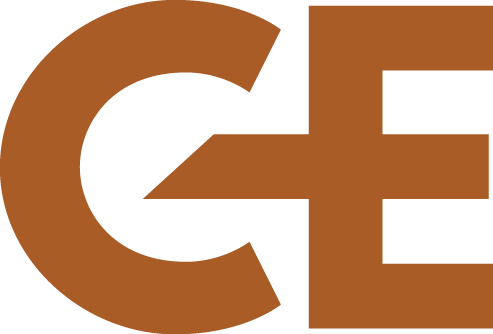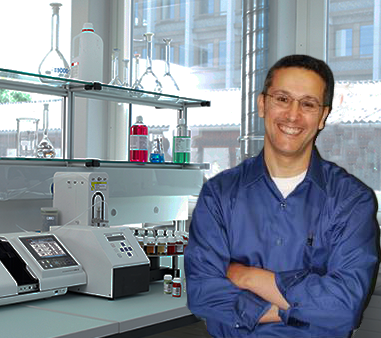Dr. I.M. Bennani-Baiti currently serves as the Executive Editor of Cancer Epigenetics. Dr. Bennani-Baiti has longstanding interests in pediatric cancer, epigenetics, epigenomics, chemistry, and biomathematics. He has extensive experience in reviewing and editing research papers, serving since 2009 as the Executive Editor or Editor to 9 biomedical journals, and as a Reviewer to more than a dozen other journals. A University of Pennsylvania School of Medicine Human Genetics Fellow, he is also a Howard Hughes scholar who served on the Faculty of St. Louis University School of Medicine under the chairmanship of Dr. William Sly, a member of the National Academy of Sciences, USA, who characterized the syndrome named after him. Other tenures include the Memorial Sloan-Kettering Cancer Center in New York alongside Dr. Mark Ptashne, Lasker Award laureate and member of the National Academy of Sciences, USA, under the leadership of Dr. Harold Varmus, former director of the National Institute of Health (NIH) and of the National Cancer Institute (NCI), Lasker Award and Nobel Prize laureate, and member of the National Academy of Sciences, USA. Dr. Bennani-Baiti is a member of the Society for Mathematical Biology, the American Chemical Society, and the AACR Pediatric Cancer Working Group. He is also a member of the New York Academy of Sciences, USA, Fellow and Member of the Council of the Royal Society of Medicine, and President of the Cancer Epigenetics Society.
I.M. Bennani-Baiti
Most Recent Articles:
Most Read Reviews:
4Bennani-Baiti B & Bennani-Baiti IM. Gene symbol precision. Gene 491: 103-109.
Most Cited Papers:
8Ban J et al. EWS-FLI1 suppresses NOTCH-activated p53 in Ewing’s sarcoma. Cancer Res 68: 7100-7109.
Notes:


